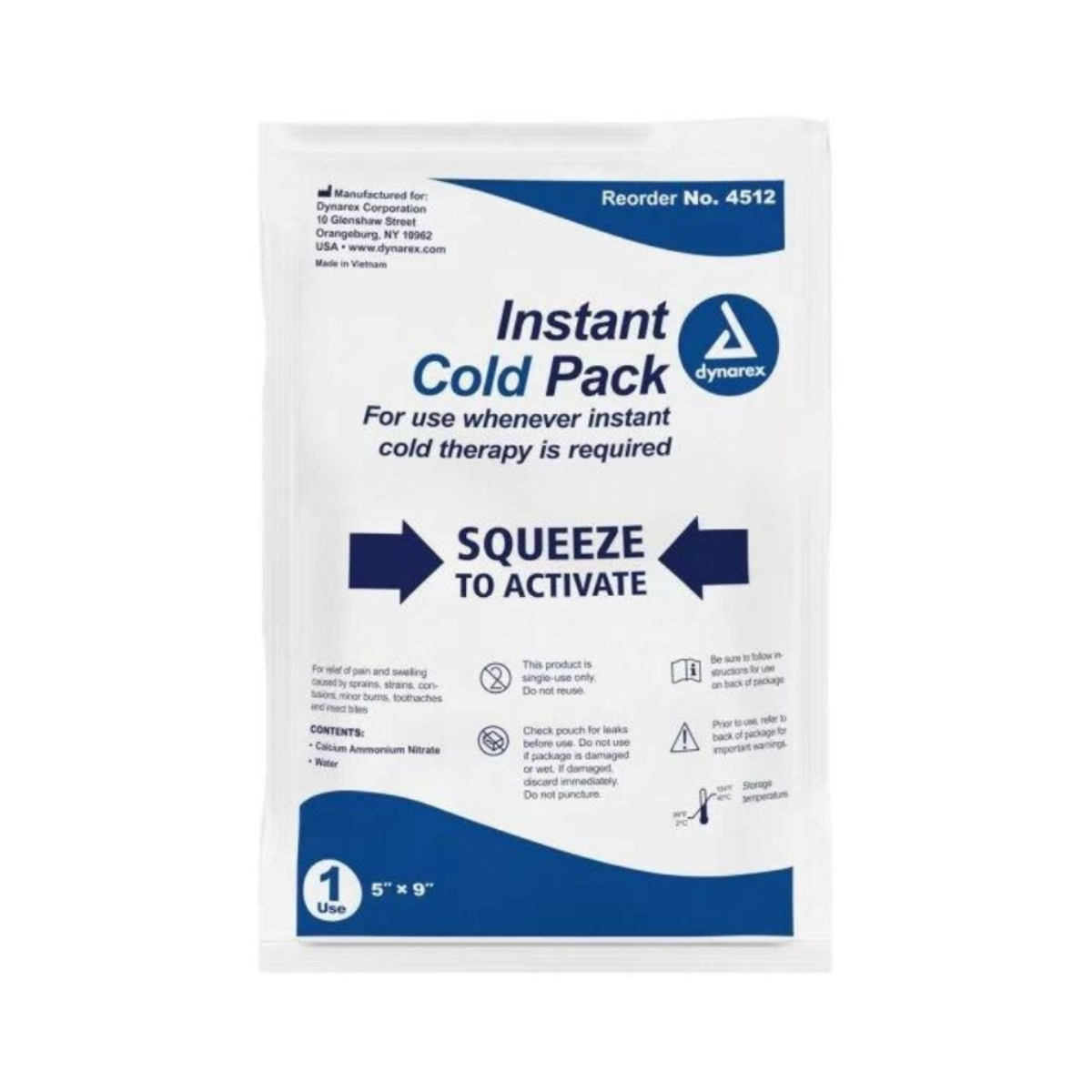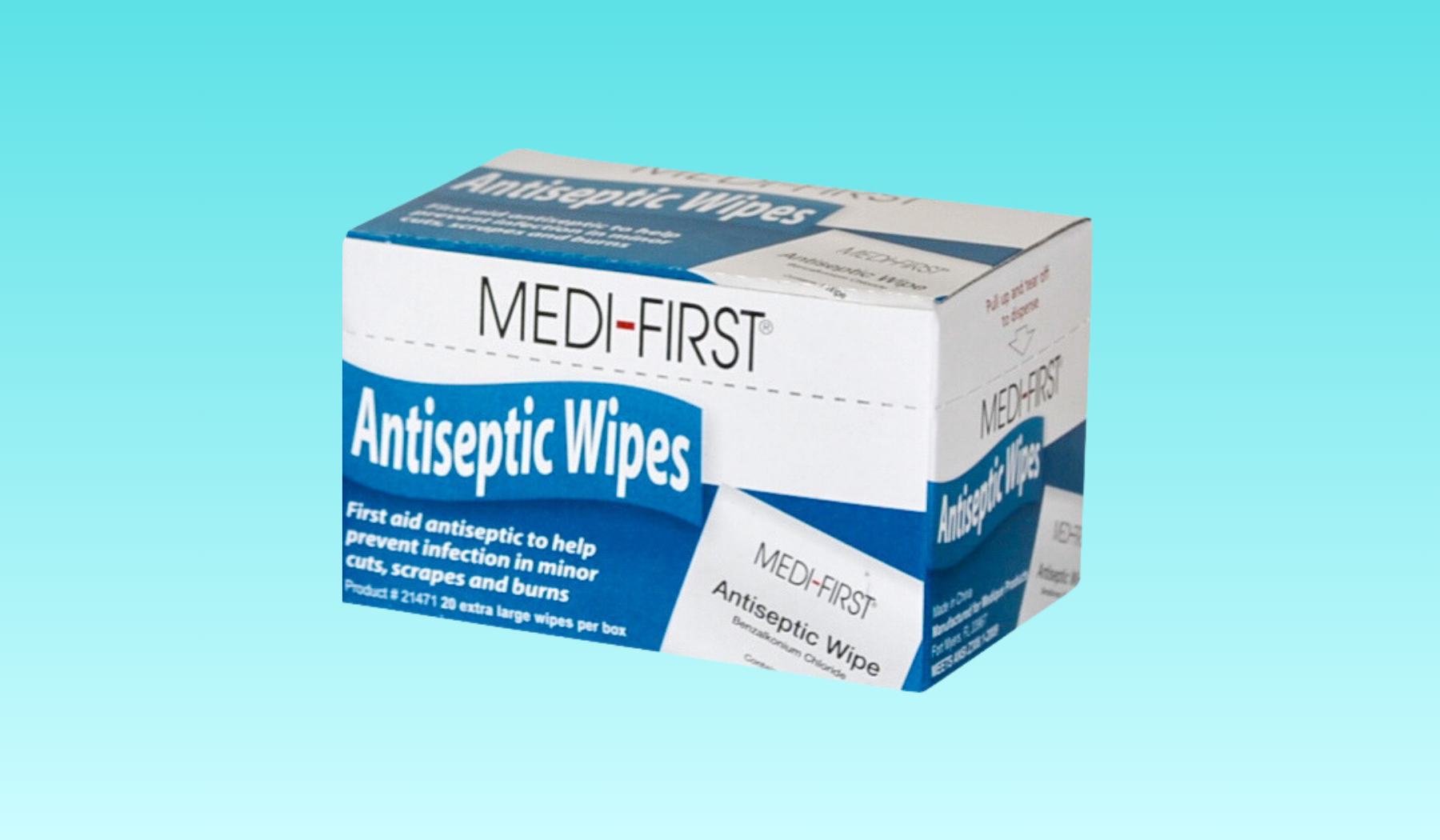When you’re in pain, you want relief and you want it now. Thankfully, we have devised ways to use temperature to provide fast pain relief. In fact, from saunas to ice baths, we have been using heat and cold therapies for centuries. These days, when we’re looking for quick and convenient pain relief, we reach for our hot packs and cold packs.
Hot and cold packs are either pressure-activated or kept in heated/chilled environments until they are needed. These tools of thermotherapy are a staple at home, schools, and work, but they are also not without their risks. This article will cover the recommended uses for hot packs and cold packs, as well as some things to watch out for.
Hot Packs

Benefits
Heat is primarily used to release tension and encourage blood flow. Therefore, hot packs are typically applied to muscles that are either stiff and tense or muscles enduring spasms. The constant heat loosens stiff muscles and increases the flow of blood in the specific area it is held to, reducing the intensity and frequency of spasms over time. Hot packs are also great for muscle pain that is chronic and long-lasting.
Risks
The most common risk associated with heat therapy is burning. A heat pack that is running too hot or held in one spot for too long can impart burns on the area of the skin it is in contact with. This can exacerbate the current problem and/or introduce new ones. Speaking of which, those dealing with an infection need to be careful when using a hot pack, as it can encourage the infection to spread more rapidly throughout the body.
Medical professionals recommend using a hot pack for no longer than 20 minutes at a time and avoiding using one within the first 48 hours of a minor injury.

Cold Packs

Benefits
Cold is primarily used to reduce swelling, inflammation, and blood flow. Unlike hot packs, cold packs are recommended for new or renewed injuries. The constant cold restricts blood flow and numbs the area of the skin it contacts, helping to ease the pain and minimize any bleeding. Cold packs are also great for relieving sore and achy muscles.
Risks
Improper use of cold packs can result in skin, tissue, and nerve damage. Similar to the risks associated with winter, cold packs that are kept in place for too long will prevent proper blood flow to various parts of the body. Without the necessary amount of blood and body heat, the area that is in contact with the cold pack will lose strength and begin sustaining damage inside and out.
Medical professionals recommend using a cold pack for no longer than 20 minutes at a time.
Running Hot and Cold
Heat and cold are important forces in our lives. They not only dictate what we wear and how we live, but they can also provide much-needed pain relief in critical situations. Whether you need to loosen muscles and increase blood flow, or reduce swelling and decrease blood flow, hot and cold packs are great tools for taking the hurt out of being hurt. As long we stay aware of the risks and restrict usage to 20-minute intervals, thermotherapy can serve us well.
If you’d like to learn more about hot packs and cold packs, the Cleveland Clinic has a great article on thermotherapy, covering its use for specific conditions like arthritis and tendinitis.
While you’re here, be sure to check out our wide selection of medical supplies, including hot and cold therapy products. Orders of medical supplies over $150 come with free shipping, so you can provide some quick and convenient pain relief today!
For further reading on our medical supplies, we have an article on first aid kits, detailing what goes in them and how to use them.
Hot Packs |
Cold Packs |
|
Stiff, tense, or tight muscles Chronic, long-lasting pain Reduces muscle spasms Boosts blood flow to applied area Risk of burning skin Risk of spreading a present infection |
Achy muscles New or renewed injuries Numbs pain Reduces swelling and inflammation Reduced blood flow to applied area Risk of skin, tissue, nerve damage |









